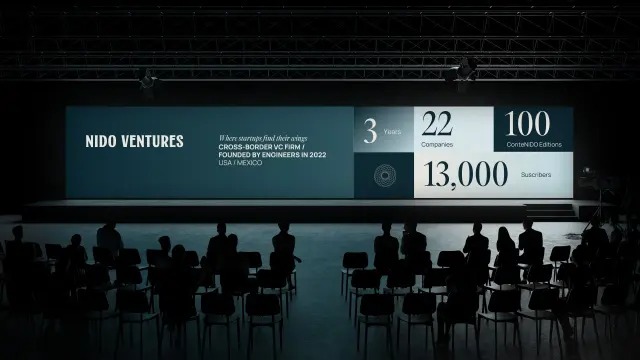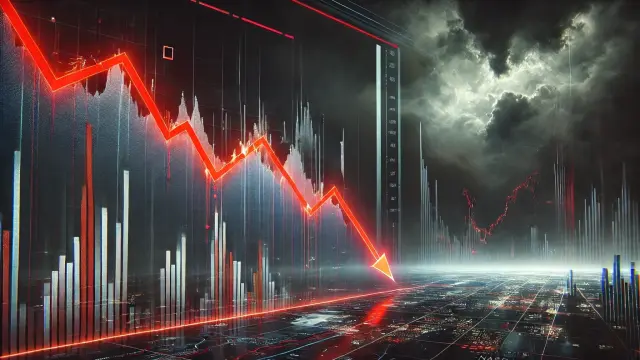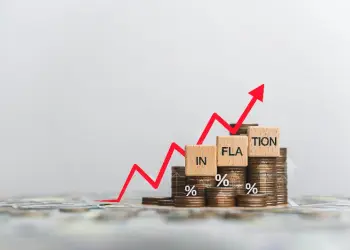Quantum Threats & Cybersecurity in 2025
Quantum computing poses both a threat and an opportunity for cybersecurity. Discover how the industry is preparing for the quantum era.
Quantum Cybersecurity
-
Quantum computing uses the principles of quantum mechanics to perform calculations at speeds unimaginable with classical computers.
-
In cybersecurity, quantum computing presents a dual-edged sword: the potential to break existing encryption, but also to create unbreakable new systems.
-
Traditional encryption methods like RSA and ECC rely on mathematical problems that quantum computers could solve easily.
-
Shor’s Algorithm enables a quantum computer to break RSA encryption by factoring large prime numbers efficiently.
-
Grover’s Algorithm speeds up brute-force attacks on symmetric encryption algorithms, halving their effective security.
-
This looming threat is called "Q-Day" — the moment when quantum machines can break current cryptographic systems.
-
The U.S. National Institute of Standards and Technology (NIST) is developing post-quantum cryptography (PQC) standards.
-
Post-quantum cryptographic algorithms are designed to resist both classical and quantum attacks.
-
Examples of PQC include lattice-based, hash-based, multivariate polynomial, and code-based cryptography.
-
In 2025, organizations are beginning to test migration plans toward quantum-resistant encryption protocols.
-
Governments worldwide are funding quantum-safe cybersecurity initiatives and infrastructure upgrades.
-
Quantum Key Distribution (QKD) uses quantum mechanics to exchange encryption keys securely and detect eavesdropping.
-
Countries like China and the USA are already experimenting with QKD over satellite and fiber networks.
-
QKD does not depend on computational complexity but on the physical properties of particles, making it theoretically unbreakable.
-
Hybrid encryption systems combine classical and quantum-safe encryption for transition periods.
-
Cybersecurity vendors now offer “quantum readiness assessments” to evaluate organizational risks.
-
Banks, healthcare institutions, and defense sectors are the earliest adopters of quantum-safe systems.
-
Sensitive information with long confidentiality lifespans (e.g., medical or defense records) must be encrypted with quantum-resistant algorithms.
-
Cloud providers like AWS and Google Cloud are offering PQC-compatible key management services.
-
Hardware security modules (HSMs) are being upgraded to handle quantum-safe keys.
-
Email, VPN, and secure messaging platforms are starting to implement lattice-based encryption.
-
Identity and access management (IAM) platforms now support quantum-safe digital signatures.
-
Zero Trust security architectures are integrating PQC to future-proof their authentication mechanisms.
-
Blockchain technology is also vulnerable to quantum threats, especially if public keys are exposed.
-
Quantum-resistant blockchains are being designed with upgraded hashing and signature schemes.
-
Developers are being trained in PQC libraries like Open Quantum Safe (OQS) and CRYSTALS.
-
Internet protocols such as TLS and SSH are being modified to accommodate PQC.
-
National security agencies advise against using algorithms not on the NIST shortlist.
-
Organizations are encouraged to use crypto-agility — the ability to swap encryption methods without major system changes.
-
Encrypted backups should also be reviewed and re-encrypted using quantum-safe standards.
-
Quantum computers also offer potential advantages in cybersecurity: faster anomaly detection, threat analysis, and encryption.
-
Quantum machine learning could help predict cyber threats with higher accuracy.
-
However, cybercriminals may also use quantum technology for advanced attacks.
-
Quantum supremacy, when quantum computers outperform classical ones in specific tasks, was achieved by Google in 2019.
-
Despite advances, general-purpose quantum computers are still years away from breaking large-scale cryptography.
-
Experts warn against complacency, urging organizations to act proactively.
-
Cyber insurance companies are starting to include quantum risk assessments in their underwriting.
-
Nation-state actors may already be harvesting encrypted data for future decryption post-Q-Day.
-
Data harvested today may be vulnerable tomorrow — a concept known as "harvest now, decrypt later."
-
Enterprises are conducting "crypto inventory" audits to map where cryptographic algorithms are used.
-
PQC testing is being done through "shadow cryptography" — encrypting in parallel with both current and PQC algorithms.
-
5G and 6G networks are being built with quantum-resistant protocols to ensure long-term viability.
-
Academic institutions are incorporating PQC and quantum cybersecurity into their curricula.
-
International collaboration is critical to create globally accepted PQC standards.
-
Quantum cyber ranges simulate attack-defense scenarios using quantum algorithms.
-
Open-source quantum emulators are helping security professionals understand potential vulnerabilities.
-
Governments may soon require compliance with PQC regulations for critical infrastructure.






























